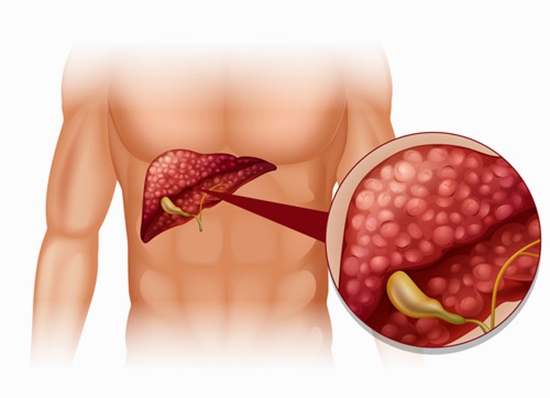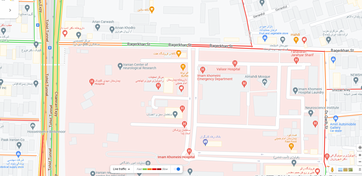Diagnostic Values of the Liver Imaging Reporting and Data System in the Detection and Characterization of Hepatocellular Carcinoma: A Systematic Review …

This review was undertaken to assess the diagnostic value of the Liver Imaging Reporting and Data System (LI-RADS) in patients with a high risk of hepatocellular carcinoma (HCC). Google Scholar, PubMed, Web of Science, Embase, PROQUEST, and Cochrane Library, as the international databases, were searched with appropriate keywords.
Using the binomial distribution formula, the variance of all studies was calculated, and using Stata version 16 (StataCorp LLC, College Station, TX, USA), the obtained data were analyzed. Using a random-effect meta-analysis approach, we determined the pooled sensitivity and specificity. Utilizing the funnel plot and Begg’s and Egger’s tests, we assessed publication bias.
The results exhibited pooled sensitivity and pooled specificity of 0.80% and 0.89%, respectively, with a 95% confidence interval (CI) of 0.76-0.84 and 0.87-0.92, respectively. The 2018 version of LI-RADS showed the greatest sensitivity (0.83%; 95% CI 0.79-0.87; I2 = 80.6%; P < 0.001 for heterogeneity; T2 = 0.001). The maximum pooled specificity was detected in LI-RADS version 2014 (American College of Radiology, Reston, VA, USA; 93.0%; 95% CI 89.0-96.0; I2 = 81.7%; P < 0.001 for heterogeneity; T2 = 0.001). In this review, the results of estimated sensitivity and specificity were satisfactory. Therefore, this strategy can serve as an appropriate tool for identifying HCC.






ارسال نظر